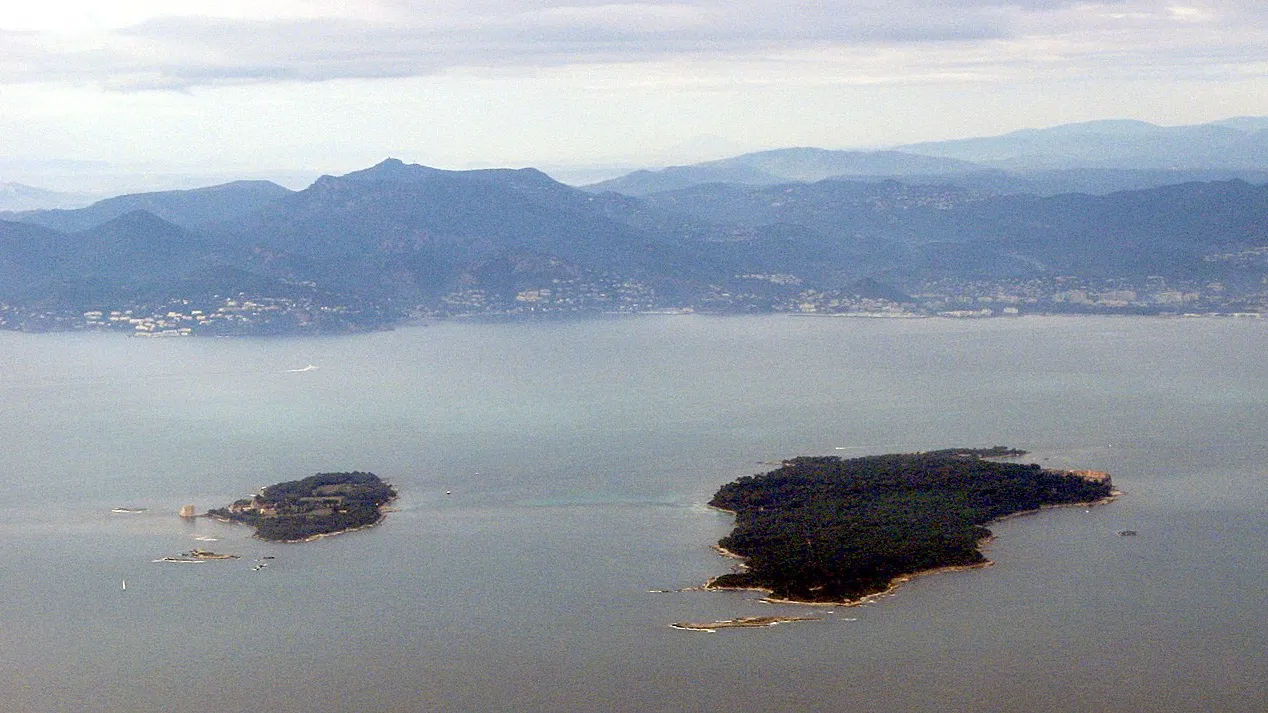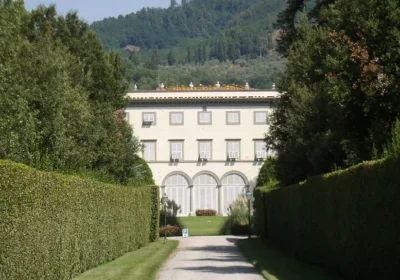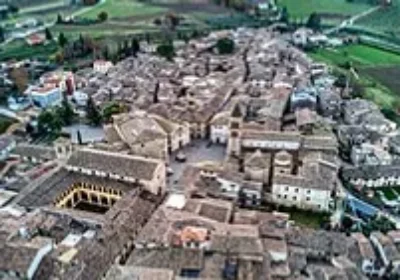ST. ONOR’S ISLAND.
This island beckons with its fabulous beauty. The sea of incredible shades of azure color reminds of the name of this place. A grove of the famous “umbrella” pine tree welcomes you at the pier, and eucalyptus alleys lead you to the oldest monastery in Europe.
The monastery buildings of the VIII and XI centuries from the Nativity of Christ have been preserved in this extraordinary place and the monks still keep order on the island. There are no cars and smoking is forbidden, and a small shop sells real “treasures” – monastery wine and liqueurs made from 44 herbs according to very ancient recipes – one of the many undiscovered secrets of the monks of this monastery.In ancient times, this island was called Lerina. It is slightly smaller than St. Margaret’s: only 1500 meters long and 400 meters wide. There is an active male monastery here, the oldest in the history of Christianity. Its history is based on the legend of St. Honor: there was a hermit monk in the fifth century AD, he led an ascetic life, settled in one of the caves of Esterel … And then the fairy tales begin. It is hard to believe, but much of what the locals tell as a legend is supported by historical facts.Up to now there are preserved buildings of VIII and XI centuries from the birth of Christ.The pioneers in the art of winemaking on the Cote d’Azur were Lerinski monks. They still cultivate vineyards and grow lavender, rosemary and 44 other species of plants. The monks also make Lerina, a dry wine and liqueurs according to recipes that are 2800 years old.
ISLAND OF SAINT MARGARITA.
The oldest settlement of this stretch of the Mediterranean will reveal its secrets to you. One of the most amazing stories took place right here on the island of St. Margaret. The guide will tell you about the mysterious “iron mask”. Lero is the ancient name of the island. Greeks settled here in the VIII century BC. The legend of St. Margaret changed the name of LERO. The island 3 kilometers long and 900 meters wide is covered by 180 hectares of forest of umbrella pines and eucalyptus.The fort of the time of Francis I became a prison in the XVIII century.Mr. Dumas-father glorified the most interesting prisoner of this dungeon, calling him in his novel “the iron mask”. There are many versions of this story. Only one thing is known for sure – the masked prisoner lived on the island for 18 years. After which he was sent to the Bastille.

















